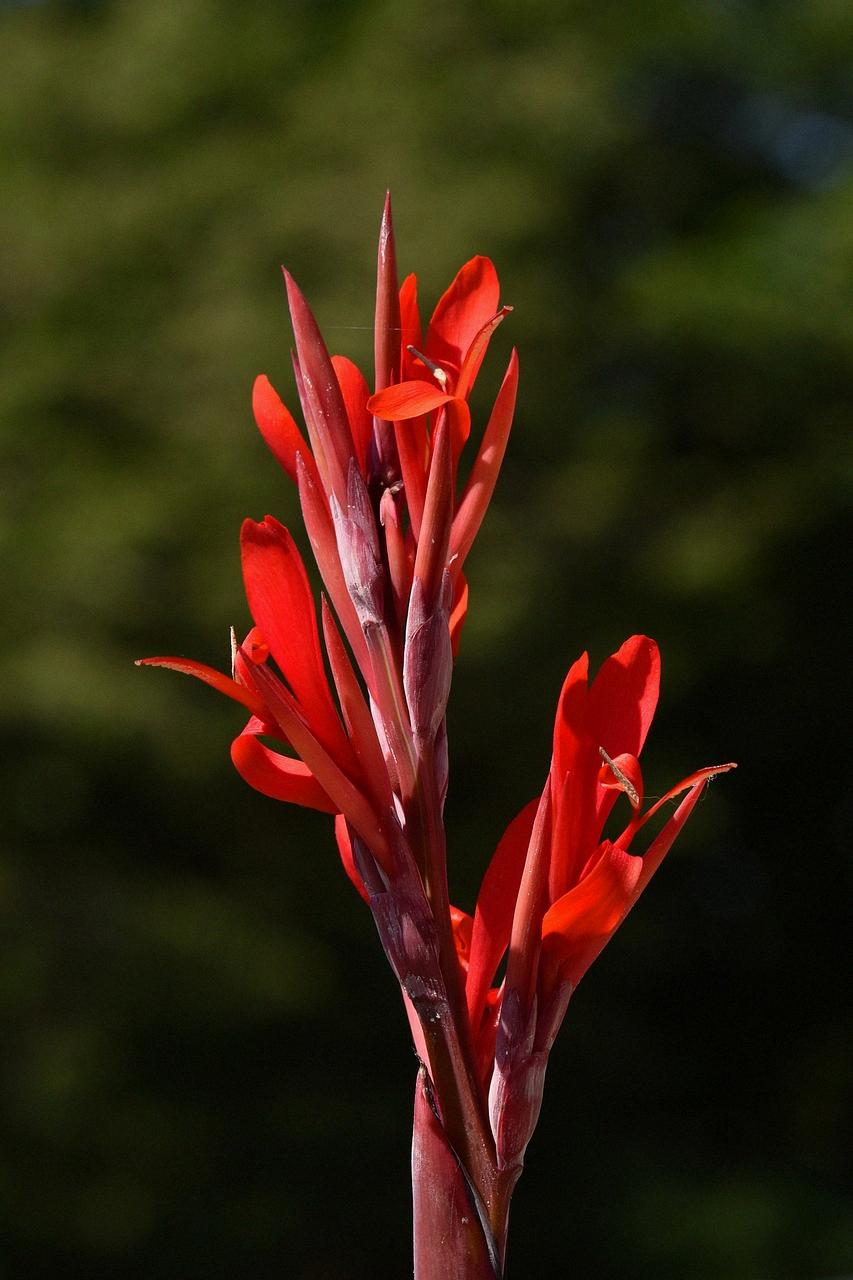When it comes to canning your favorite fruits, vegetables, and preserves, the question of whether you can stack jars in a pressure canner is a common one. Let’s delve into the details and discuss the best practices for maximizing space and efficiency in your canning process.
Understanding the Basics of Pressure Canning
Pressure canning is a method of preserving food in airtight containers to prevent spoilage. It involves using high temperatures and pressure to kill bacteria and seal in freshness. When it comes to stacking jars in a pressure canner, there are some important considerations to keep in mind.
Recommended Jar Stacking Technique
It is generally recommended to stagger the jars in a pressure canner by placing one jar on top of two. This helps distribute the weight evenly and reduces the risk of jar breakage during the canning process. By following this technique, you can safely stack multiple jars in your pressure canner without compromising the integrity of the jars.
Using a Canning Rack
When using a pressure canner, it is essential to use the canning rack that comes with the appliance. Placing the canning rack on the bottom of the canner creates a barrier between the jars and the direct heat source, reducing the likelihood of overheating and breakage. The canning rack plays a crucial role in ensuring the safety and stability of the jars during the canning process.
Avoiding the Need for a Rack Between Layers
While it is necessary to use a canning rack on the bottom of the pressure canner, it is not required to place a rack between the layers of jars. The staggered stacking technique mentioned earlier is sufficient to support the jars and prevent them from shifting or tipping over during processing. This streamlined approach saves time and simplifies the canning process.
Benefits of Stacking Jars
Stacking jars in a pressure canner offers several benefits for home canners. First and foremost, it allows you to maximize the available space in the canner, enabling you to process larger batches of food at once. This can be especially advantageous when canning a large harvest or preparing for long-term food storage.
Efficiency and Time-Saving
By stacking jars in a pressure canner, you can streamline your canning process and reduce the overall processing time. This means you can preserve more food in less time, leaving you with delicious homemade goodies to enjoy throughout the year. The efficiency gained from jar stacking can make a significant difference, particularly during busy canning seasons.
Ensuring Proper Heat Distribution
One of the key considerations when stacking jars in a pressure canner is ensuring that heat is distributed evenly throughout the canner. Proper jar placement and spacing are essential to allow hot water and steam to circulate effectively around the jars during processing. By following the recommended jar stacking technique, you can help promote consistent heat distribution and thorough processing.
Preventing Jar Breakage
Jar breakage can occur when jars are not properly supported or when there is uneven pressure during processing. By staggering the jars and following the recommended stacking method, you can minimize the risk of jar breakage and ensure that your preserved foods remain intact and safe to consume. Taking the time to stack jars correctly can help prevent potential mishaps and wasted ingredients.
Final Thoughts
In conclusion, stacking jars in a pressure canner can be a practical and efficient way to preserve your favorite foods for long-term storage. By following the recommended jar stacking technique, using the canning rack provided with your pressure canner, and ensuring proper heat distribution, you can safely stack jars and enjoy the benefits of batch canning. With these tips in mind, you can confidently embark on your canning adventures and create a pantry stocked with delicious homemade treats.

